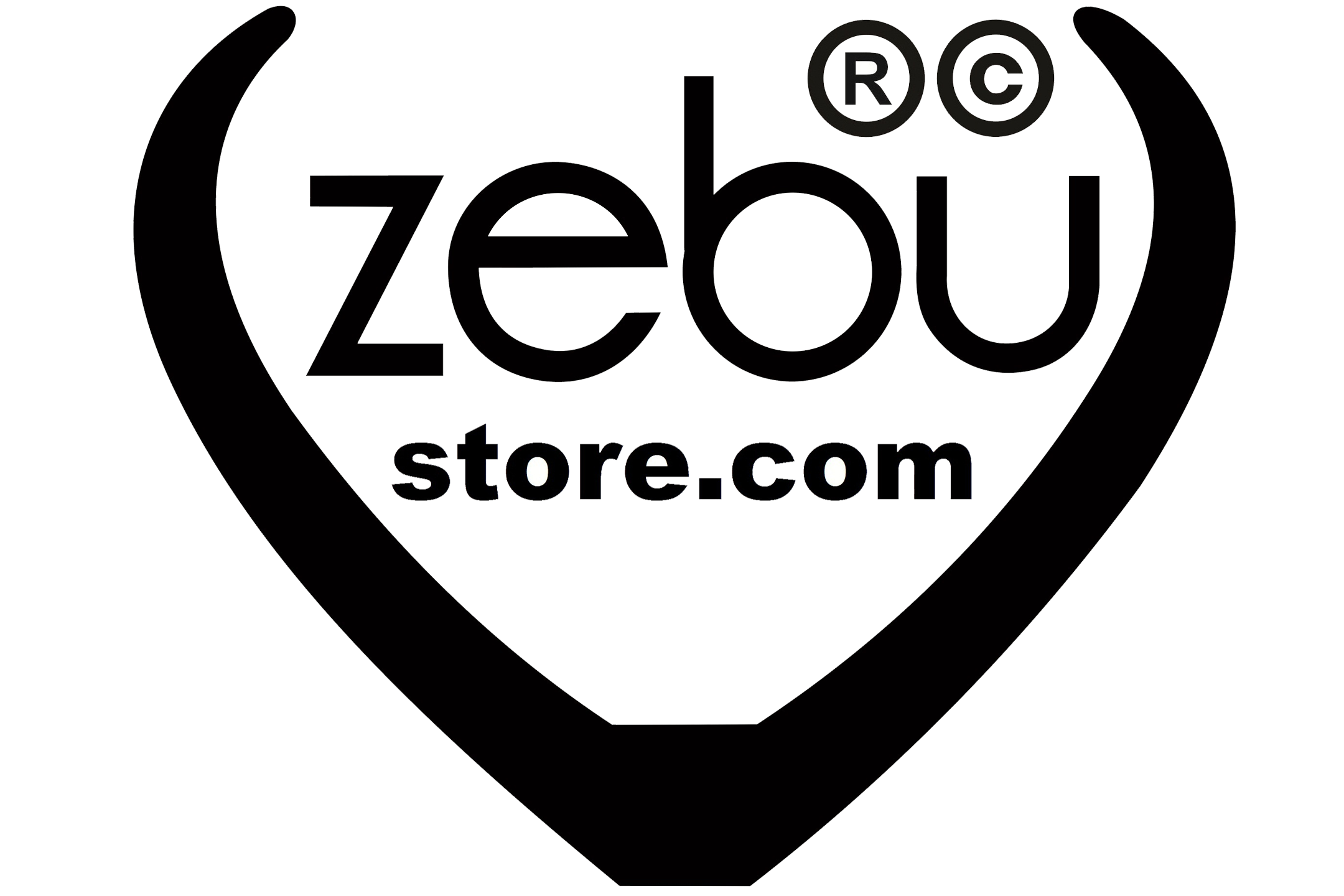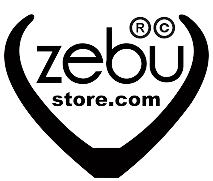Types of Trims Used in Garments

Trims;
The materials or components except the main fabric used in the garments are called trims. Besides the main fabric, various additional things are used for making the garments. Trims include Sewing Thread, Button, Zipper, Velcro, Label, Shoulder pad, Linings, Interlinings, etc. Trimmings or trims are of two types namely visible trims and invisible trims. Some trims are used for functional purposes and some are for decorative purposes in garments. Moreover, we can say that the materials used in sewing room other than fabric is called trims.
Trims Types;
Zippers:
Zippers are the garment trims which are used to open and close special parts of a garment. They have a decorative purpose wherein, they are used to enhance the beauty of craft projects. Zippers are used in making trousers and jackets. They are an essential component which is used to open and close special parts of garment. Zipper, formally known as a clasp locker, is used for binding the edges of opening of a fabric or any other product like a bag. Wholesale zippers are available indifferent sizes, shapes and colors. These zippers can also be used as a decorative embellishment by fixing it with glue on any product. Zipper strength is important and it is tested for its flatness and straightness. This garment accessory is quality tested on parameters like top stop holding strength, bottom stop holding strength, box holding strength to ensure durable performance, features like durability, perfect finish and longer functional life.
Button:
In clothing and fashion design, a button is a small plastic or metal disc- or knob-shaped, typically round, object usually attached to an article of clothing in order to secure an opening, or for ornamentation. Functional buttons work by slipping the button through a fabric or thread loop, or by sliding the button through a reinforced slit called a buttonhole. Buttons may be manufactured from an extremely wide range of materials, including natural materials such as antler, bone, horn, ivory, shell, vegetable ivory, and wood; or synthetics such as celluloid, glass, metal, Bakelite and plastic. Hard plastic is by far the most common material for newly manufactured buttons; the other materials tend to occur only in premium apparel.
Sewing thread:
It is invariably the most important part of any garment industry. Garments cannot be stitched without a sewing thread. Even though sewing thread typically makes up a small portion of the cost of clothing, it has a huge impact on the final item's appearance and durability. Natural and synthetic fibers can both be used to make sewing thread. There are various types of threads available such as synthetic threads, threads made from natural fibers, filaments, spun and core-spun.
Lace:
Lace is an openwork fabric, patterned with open holes in the work, made by machine or by hand. The holes can be formed via removal of threads or cloth from a previously woven fabric, but more often open spaces are created as part of the lace fabric. Lace-making is an ancient craft. True lace was not made until the late 15th and early 16th centuries. A true lace is created when a thread is looped, twisted or braided to other threads independently from a backing fabric. Originally linen, silk, gold, or silver threads were used. Now lace is often made with cotton thread. Manufactured lace may be made of synthetic fiber. A few modern artists make lace with a fine copper or silver wire instead of thread.
Motif:
A motif is a recurring concept, design, pattern, or idea. A motif is a smaller component of a much larger work in textile arts. Motifs can be of any size, but they are typically all the same size in a single work. On the motif, you can write the company name, a trademark, or other symbols.
Lining:
Linings are generally functional parts of a garment. They are used to maintain the shape of the garment to the hang and comfort by allowing it to slide over other garment. Linings are available as knitted and woven fabric made from polyester, poly-amide, acetate or viscose for use where decoration and warm handle is required. Linings are joined to main garment by sewing and for this purpose normal plain sewing machine is used. Linings are widely used in jackets, coats, overcoats, pockets, pocket flaps, children wear, etc. Generally cheap fabrics are used as lining materials.
Hook and Loop Fastener:
This item consists of two woven poly-amide tapes; one is covered with very fine hooks and the other with very fine loops. When pressed together they adhere (stick) securely to each other. This fastener is also used instead of buttons or zippers. A Swiss inventor made this product and he offered the trade name ‘Velcro’ for it. This word comes from two French words ‘Velour, and ‘Crochet’. It is used in only a limited number of garments e.g. shoes, belts, sportswear, children wear, medical textiles, etc. Velcro is available in roll form in the market which has most common width of 5/8 to 3/4 inch.
Label:
Labels consist of information such as size, fiber composition, brand name, care instructions, etc. of the garment. They are made of woven fabric or paper and attached while sewing the garment mostly on the inner portion of the garment. There are many types of labels found in the garments industry, but a care label must have been in a garment.
Conclusion;
Trims are used to make garments suitable for use and make it attractive and good looking for sales. Trims can be defined as a part of the garment whereas trims are added for increasing the aesthetic properties of the garment to make it attractive.













